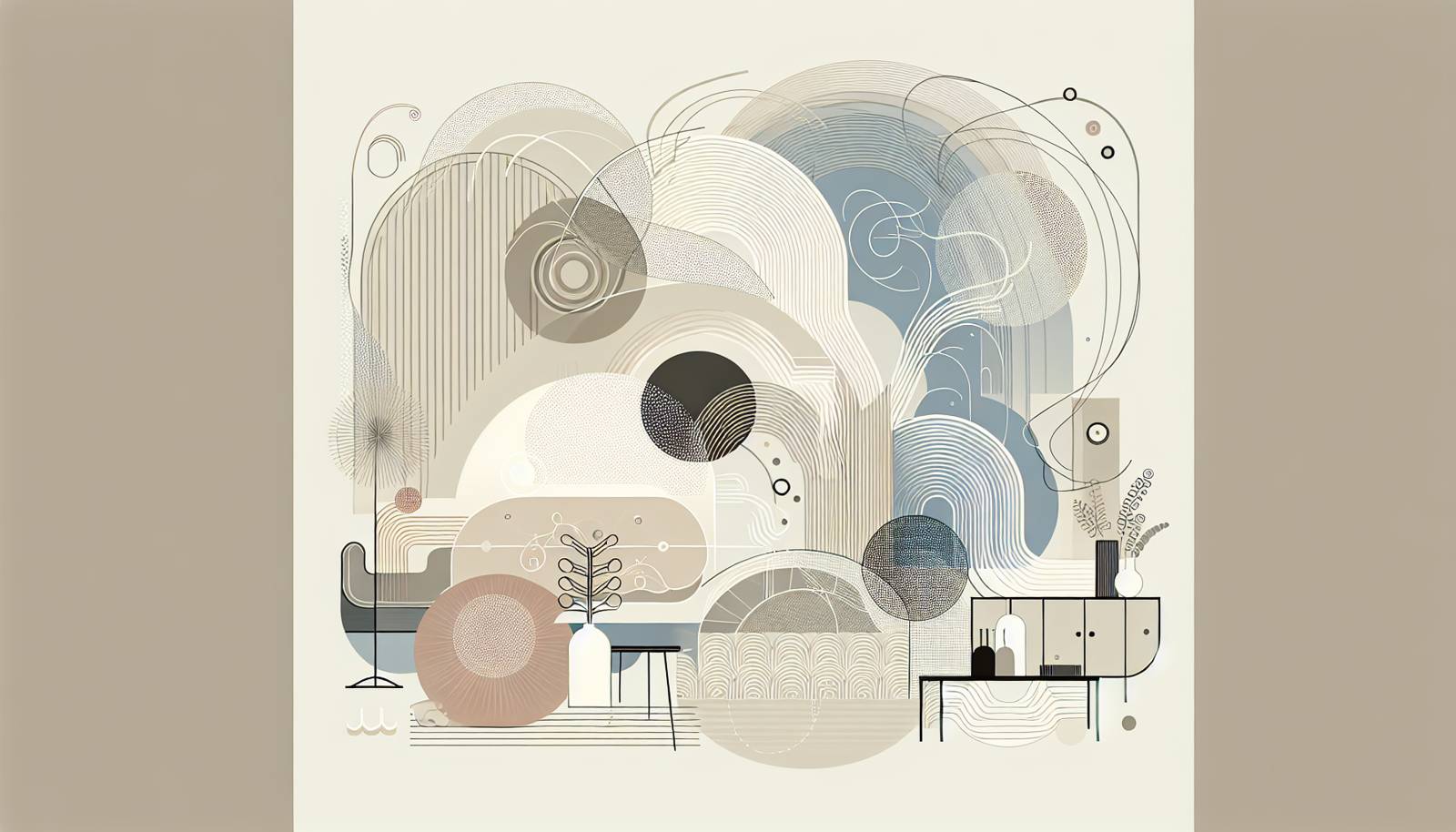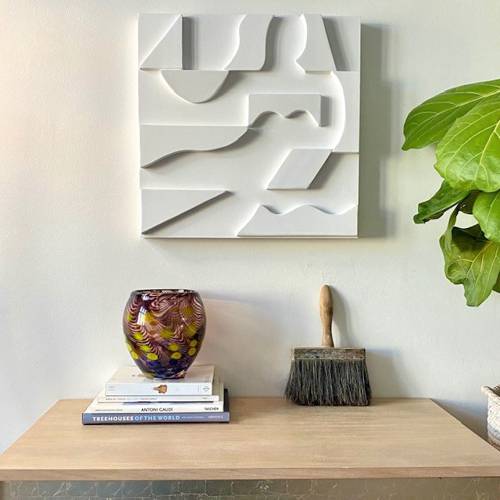
FAQ About The Impact of Nordic Design on Global Home Aesthetics

What is Nordic design?
Nordic design, also known as Scandinavian design, is a design movement characterized by simplicity, minimalism, and functionality. It originated in the Nordic countries, including Denmark, Norway, Sweden, Finland, and Iceland, during the early 20th century. The design style is marked by clean lines, monochromatic palettes, and a focus on materials of natural origin.

How did Nordic design become popular globally?
Nordic design became popular globally thanks to its emphasis on functionality and simplicity, which appeals to a wide range of audiences. It gained international recognition through exhibitions like "Design in Scandinavia" during the 1950s and 60s. Modern enthusiasts appreciate how Nordic design brings a serene and functional aesthetic to their homes, aligning with a global trend toward minimalism.

What are the key characteristics of Nordic design?
Key characteristics of Nordic design include a focus on minimalism, functionality, and the use of natural materials. The aesthetic is clean and simple, often utilizing neutral color schemes and maximizing natural light. Furniture and decor are designed to be both beautiful and practical, with an emphasis on craftsmanship.

How does Nordic design influence modern interior design?
Nordic design influences modern interior design by promoting minimalism and functionality. Its emphasis on clean lines, uncluttered spaces, and the use of natural materials has shaped contemporary design practices. Many modern interiors incorporate these elements to create spaces that are functional yet aesthetically pleasing and tranquil.

What materials are commonly used in Nordic design?
Common materials in Nordic design include wood, wool, leather, glass, and metal. Wood is particularly prevalent, often used in flooring, furniture, and structural elements. These materials are chosen for their durability, natural beauty, and ability to create a warm, inviting atmosphere.

Why is functionality important in Nordic design?
Functionality is a cornerstone of Nordic design because it emphasizes practical and efficient use of space. The harsh climates of the Nordic region historically necessitated living spaces that were not only beautiful but also highly functional and cozy. This tradition continues in modern Nordic design, where utility complements style.

What impact has Nordic design had on sustainable design practices?
Nordic design has significantly influenced sustainable design practices through its use of natural materials and focus on craftsmanship. Many Nordic design principles align with sustainability goals, including reducing waste, using renewable materials, and creating durable, timeless products that do not need frequent replacement.

How do Nordic designers approach color schemes?
Nordic designers typically use a neutral color palette to create a calm and harmonious atmosphere. Whites, greys, blacks, and beiges are common, sometimes accented with muted hues for variety. This approach enhances natural light and ensures spaces feel open and airy.

What are some popular Nordic design brands?
Popular Nordic design brands include IKEA, HAY, Muuto, Normann Copenhagen, and Marimekko. These brands are known for their commitment to Nordic design principles, offering products that combine functionality, simplicity, and elegant design.

Does Nordic design incorporate technology?
While traditionally focusing on simplicity, modern Nordic design has begun to incorporate technology in subtle and functional ways. The integration of smart home devices is typically understated, emphasizing user-friendly design that complements the clean aesthetic.

How can one incorporate Nordic design into their home?
To incorporate Nordic design into your home, focus on decluttering and choosing neutral colors. Invest in high-quality, functional furniture made from natural materials like wood. Add textiles such as wool or linen to create warmth, and utilize natural light as much as possible.

What role does lighting play in Nordic design?
Lighting is crucial in Nordic design, as it compensates for the long, dark winters of the Nordic regions. Natural light is maximized through open spaces and light colors. Artificial lighting is used strategically to create warmth and enhance the tranquil atmosphere with fixtures that are both functional and aesthetically pleasing.

What is 'hygge' and how does it relate to Nordic design?
'Hygge' is a Danish concept that emphasizes coziness, comfort, and contentment. In Nordic design, this translates to creating home environments that are warm, inviting, and conducive to relaxation, often featuring comfortable seating, soft lighting, and personal touches.

How has Nordic design affected furniture trends?
Nordic design has greatly influenced furniture trends, promoting simple, elegant lines and multifunctional pieces. Contemporary furniture often reflects Nordic principles, emphasizing craftsmanship, the use of sustainable materials, and the creation of items that fit seamlessly into various interior styles.

What are the origins of Nordic design?
Nordic design originated in the early 20th century in the Nordic countries. It evolved as a response to the need for functional, affordable, and aesthetically pleasing products during industrialization. Influences include the Bauhaus movement and Constructivism, which emphasized balance between aesthetics and practicality.

Is Nordic design suitable for small spaces?
Yes, Nordic design is particularly suitable for small spaces due to its focus on functionality and efficient use of space. The minimalist approach helps to avoid clutter, while light colors and strategic use of mirrors and lighting enhance the sense of space.

What elements distinguish Nordic decor?
Nordic decor is distinguished by its simplicity, functionality, and use of natural elements. Minimal ornamentation, clean lines, and a neutral palette are key. Decor items such as wood accents, cozy textiles, and indoor plants can help achieve an authentic Nordic look.

How does Nordic design handle cultural influences?
Nordic design handles cultural influences by retaining its core principles while integrating global perspectives. Many designers incorporate international styles subtly, which allows Nordic design to remain timeless but also relevant and appealing in diverse settings.

Can Nordic design be combined with other design styles?
Yes, Nordic design can be easily combined with other design styles due to its simplicity and functionality. It often blends well with modern, industrial, and even traditional styles to create a unique aesthetic that retains the essence of minimalism and practicality.
